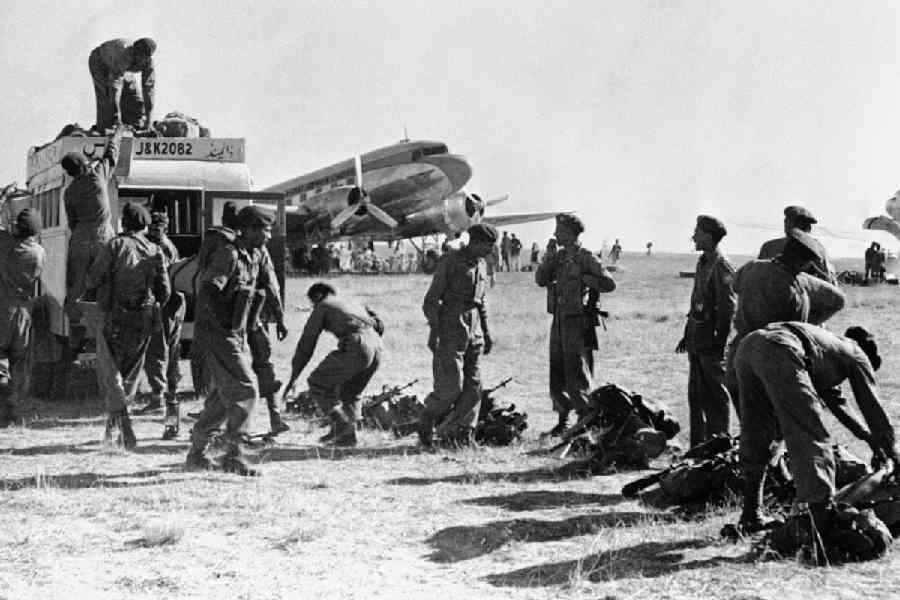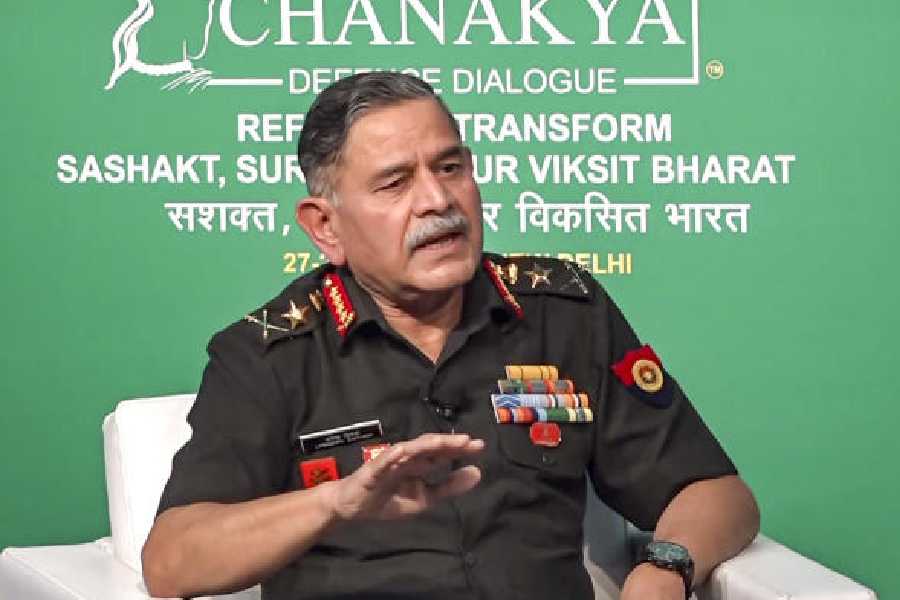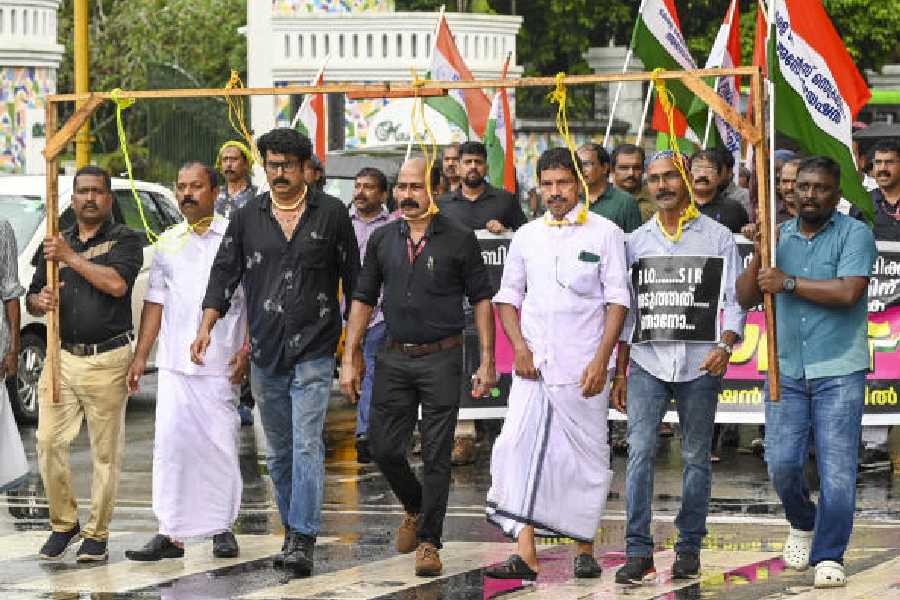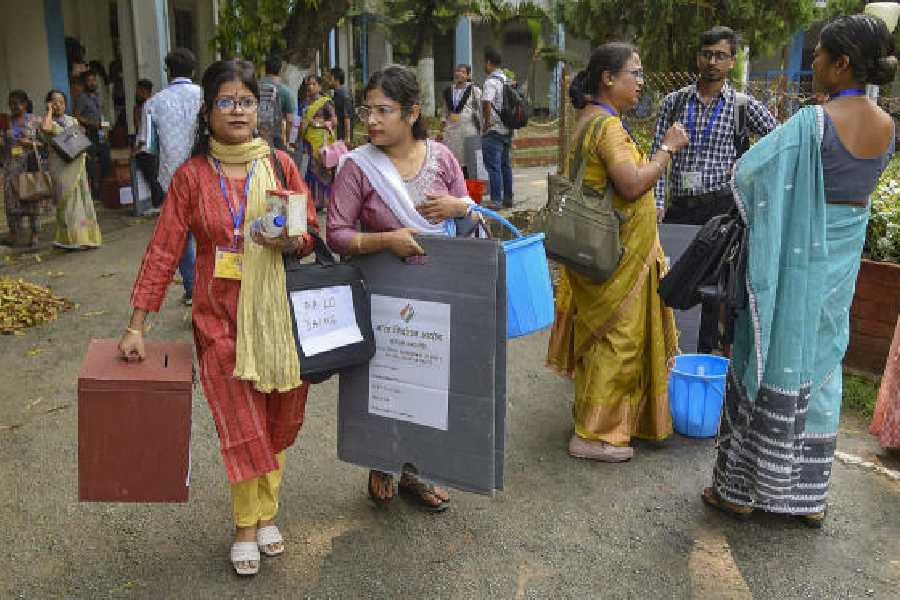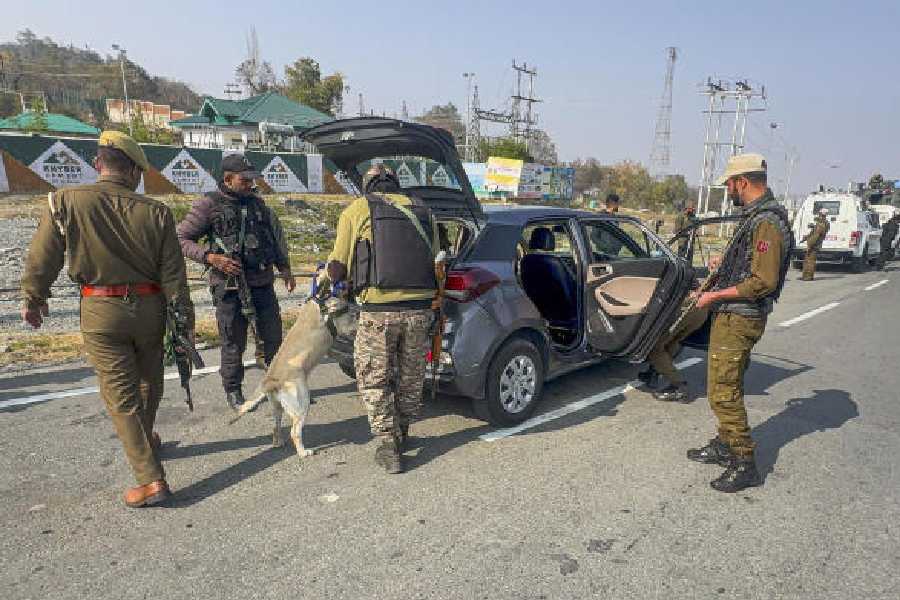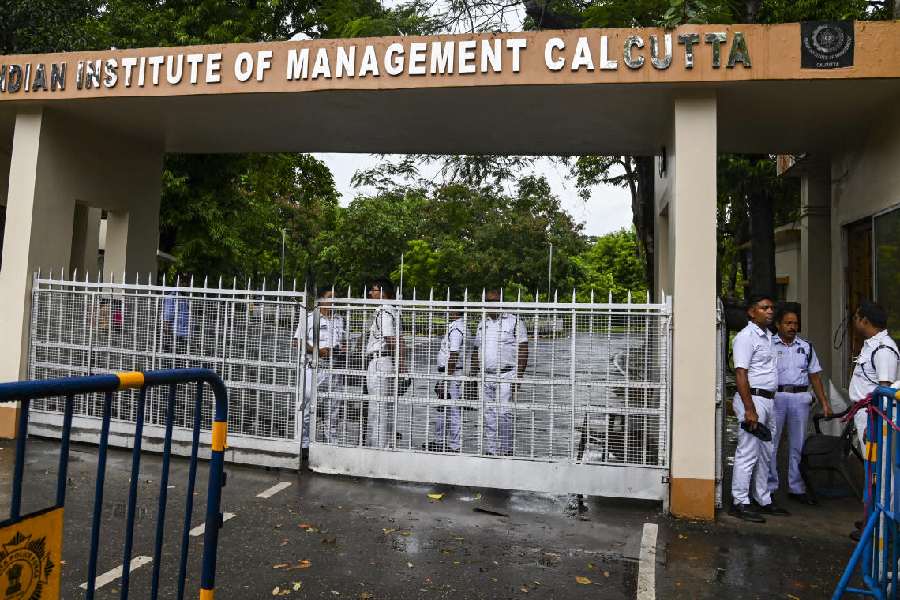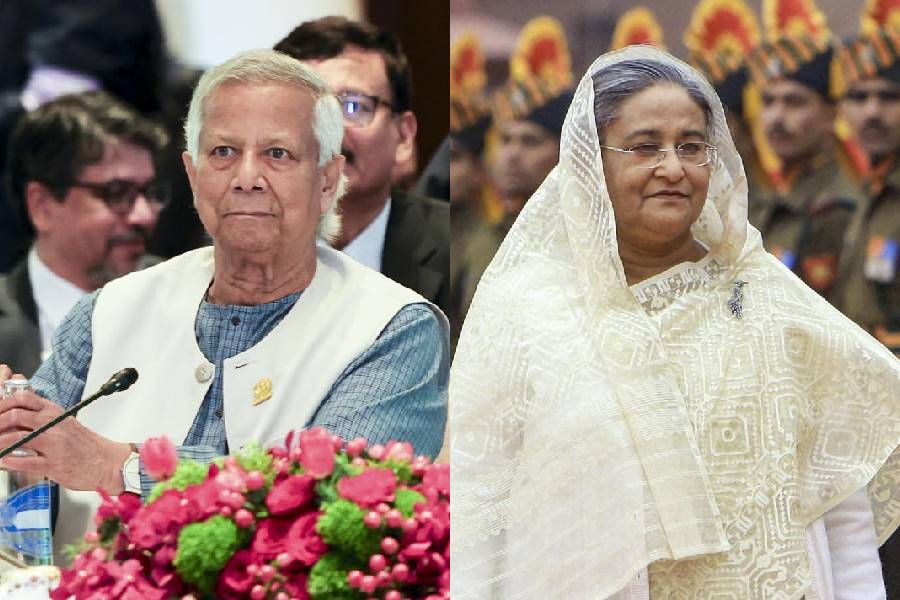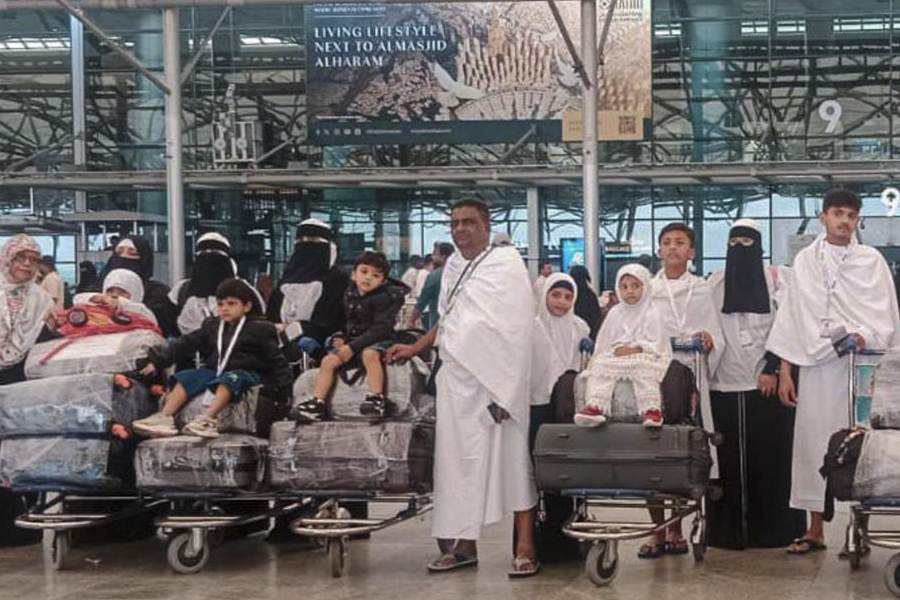1947-49 First and longest Indo-Pak war
Trigger: In October, Afridis and Pathans encouraged by the Pakistani government and the army establishment invade Kashmir, make a bid to capture Srinagar; eventually repelled
Note: The Maharaja of Kashmir Hari Singh had not acceded to Pakistan; he turns to India for help. In exchange, India makes him sign the Instrument of Accession
Theatre: Jammu and Kashmir
Duration of conflict: October 22, 1947, to January 1, 1949, or 15 months
Major spots hit: Baramulla, Poonch and Srinagar, Rajouri, Zojila Pass
Casualties on either side: A little over 1,000
Major weapon systems used: Mostly guns, restricted use of tanks. High-altitude airfields designed to take military aircraft have not been constructed yet, rudimentary air forces, no naval engagements; essentially a land war
Leaders on either side: Hari Singh, Lord Mountbatten, Indian PM Jawaharlal Nehru, Kashmiri politician Sheikh Abdullah; Mohammed Ali Jinnah, who was the Governor-General of Pakistan, and Pakistani PM Liaquat Ali Khan
How it ended: India asks the UN to intervene. At the end of it, one-third of Kashmir or approximately 5,000 square miles goes to Pakistan.
1965
Trigger: Pakistan’s military campaign named Operation Gibraltar, a renewed attempt to seize Kashmir
Theatre: Jammu and Kashmir
Duration: August 5 to September 23, or 49 days
Major spots hit: Kashmir, Punjab (especially Khemkaran), Rajasthan (especially Jodhpur) in India; Lahore, Sargodha and Sialkot in Pakistan
Casualties on either side: 3,000 plus on the Indian side; 1,500 plus on the Pakistani side
Major weapon systems used: Tanks and infantry brigades, and airpower to
support ground operations. Air force officers on both sides agree that neither side will bomb population centres and they maintain it
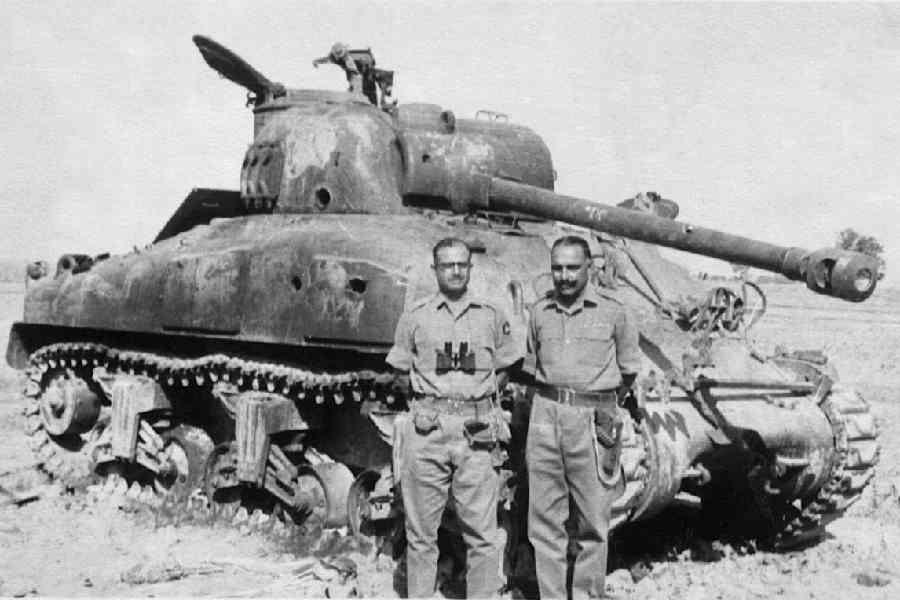
Indian soldiers with a destroyed Pakistani M4A1 Sherman tank. Source: Wikipedia
Leaders on either side: Indian PM Lal Bahadur Shastri and Pakistani President
General Ayub Khan
How it ended: With a diplomatic intervention by the Soviet Union and the United States, and the Tashkent Declaration.
1971
Trigger: The Pakistani military crackdown on the Bengali populace in East Pakistan seeking independence
Theatre: Along the Cease Fire Line or CFL; in the east and also in northwest India
Note: The CFL is renamed the Line of Control or LoC after the 1972 Simla Agreement
Duration of conflict: December 3 to 16, or 14 days
Major spots hit: Poonch and Chhamb in Kashmir, and Agra; Pakistan-occupied Kashmir, Sind and Punjab
Casualties on either side: 3,843 Indians and 8,000 plus Pakistanis
Major weapon systems used:
- India used T-55 tanks, Centurion tanks, the PT-76 or Pippa, while Pakistan used Patton tanks, Walker Bulldogs and Chaffee tanks
- India uses jet fighters MiG-21, Hawker Hunter and Folland Gnat, while Pakistan uses F-86 Sabres
- India has the INS Vikrant, and frigates and submarines, while Pakistan uses gunboats and the Daphne-class submarine Hangor
- The US sends its Seventh Fleet into the Bay of Bengal as an intimidatory tactic on India, but in the end it doesn’t join hostilities
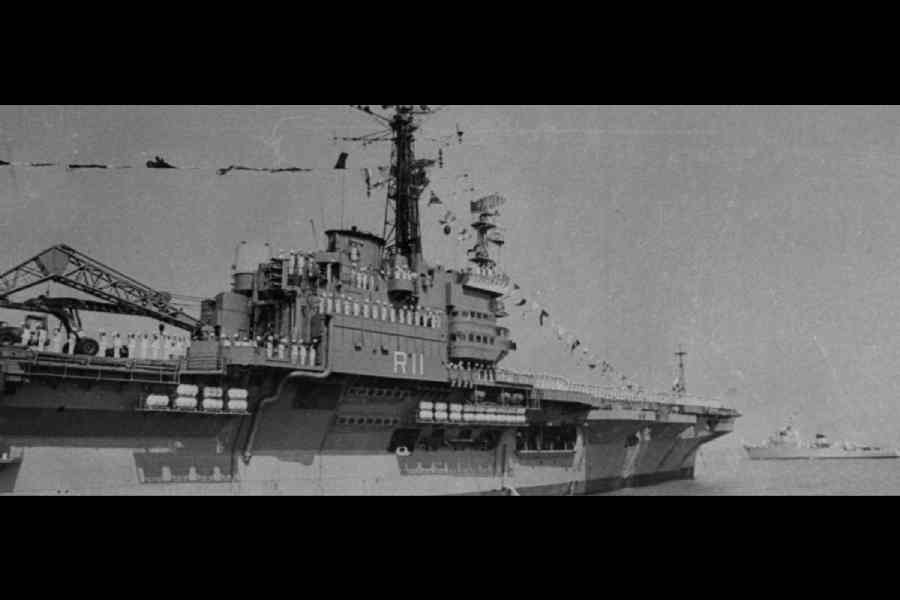
INS Vikrant
Leaders on either side: Indian PM Indira Gandhi, Pakistani President General Yahya Khan and East Pakistan’s Sheikh Mujibur Rahman
How it ended: With the fall of Dhaka to Indian troops and a ceasefire call by both sides. At the end of it Bangladesh is born.
1999
Trigger: Infiltration by the Pakistani army
Theatre: Kargil district of Ladakh
Duration of conflict: May 3 to July 26, or 83 days
Major spots hit: Kaksar-Kharbu, Tololing Ridge, Tiger Hill, Turtuk, Drass, Batalik and Mushkoh Valley sectors
Casualties on either side: A little over 500 on the Indian side; Pakistan claims it lost 300 soldiers
Major weapon systems used: Rockets, dumb and laser-guided bombs. First time an air war is fought at such high altitudes. The IAF uses MiG-21s and MiG-27s, while Pakistan uses Anza surface-to-air missiles. Pakistan has the advantage of heights for the most part, but India is able to deploy Bofors artillery guns on high altitudes and eventually blow the intruders off the peaks
Leaders on either side: Indian PM Atal Bihari Vajpayee; Pakistani PM Nawaz Sharif and Army Chief General Pervez Musharraf
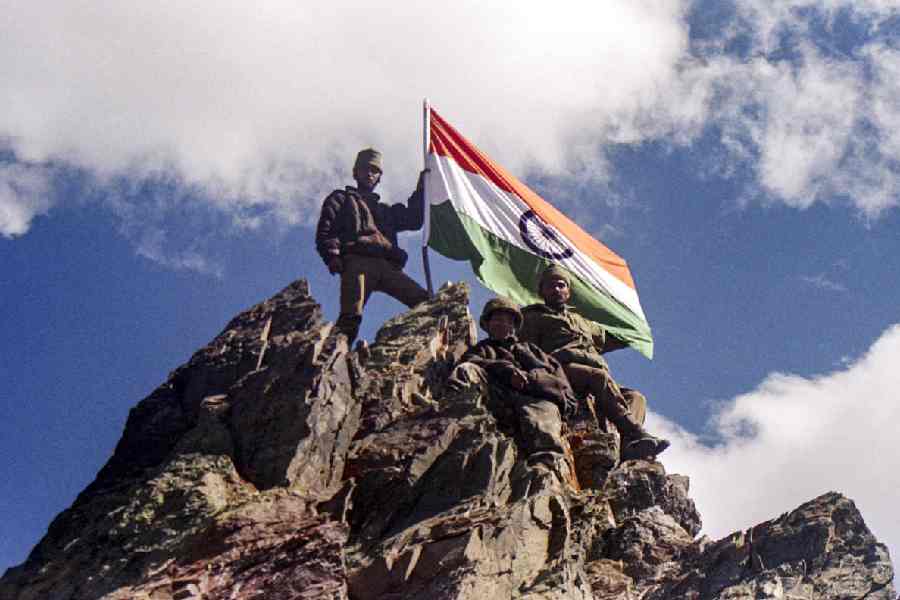
In this photo from PTI archives, Indian army soldiers are seen at Tiger Hill in the Drass-Kargil area of Ladakh. PTI
How it ended: Withdrawal of Pakistani troops after US President Bill Clinton puts pressure on Nawaz Sharif. After the war, Sharif dismisses General Musharraf, but the military overthrows him instead.
2025
Trigger: Attack on domestic tourists by Pakistan-backed terrorists near Kashmir’s Pahalgam; 26 civilians, all men, shot at point-blank range, several of them in front of their wives and children
Theatre: Jammu and Kashmir, Punjab, Rajasthan and Gujarat
Duration of conflict: April 22 to May 10, or 19 days
Major spots hit: In India, Baramulla, Srinagar, Awantipora, Nagrota, Jammu, Ferozepur, Pathankot, Fazilka, Lalgarh Jatta, Jaisalmer, Barmer, Bhuj, Kuarbet and Lakhi Nala. In Pakistan, Bahawalpur, Muridke, Narowal, Sialkot, Barnala, Kotli, Muzaffarabad and Lahore
Casualties on either side: Around 50
Major weapon systems used: The first drone war between the two nuclear powers. Both sides deployed a wide range of drones for surveillance and attack. Also used were L-70 guns, Zu-23mm guns, Schilka systems, S-400 air shield and Rafale fighter jets; Pakistan has JF-17 and J-10 fighter jets, F-16 and AMRAAM air-to-air missiles and HQ-9 ground-to-air missiles
Leaders on either side: Indian PM Narendra Modi; Pakistani PM Shehbaz Sharif and Army Chief General Asim Munir
How it ended, or did it? After the US-led diplomatic scramble, Pakistani DGMO dials his Indian counterpart at 3.35pm on May 10, and both sides agree to a cessation of military hostilities by 5pm. Pakistan violates within hours.

